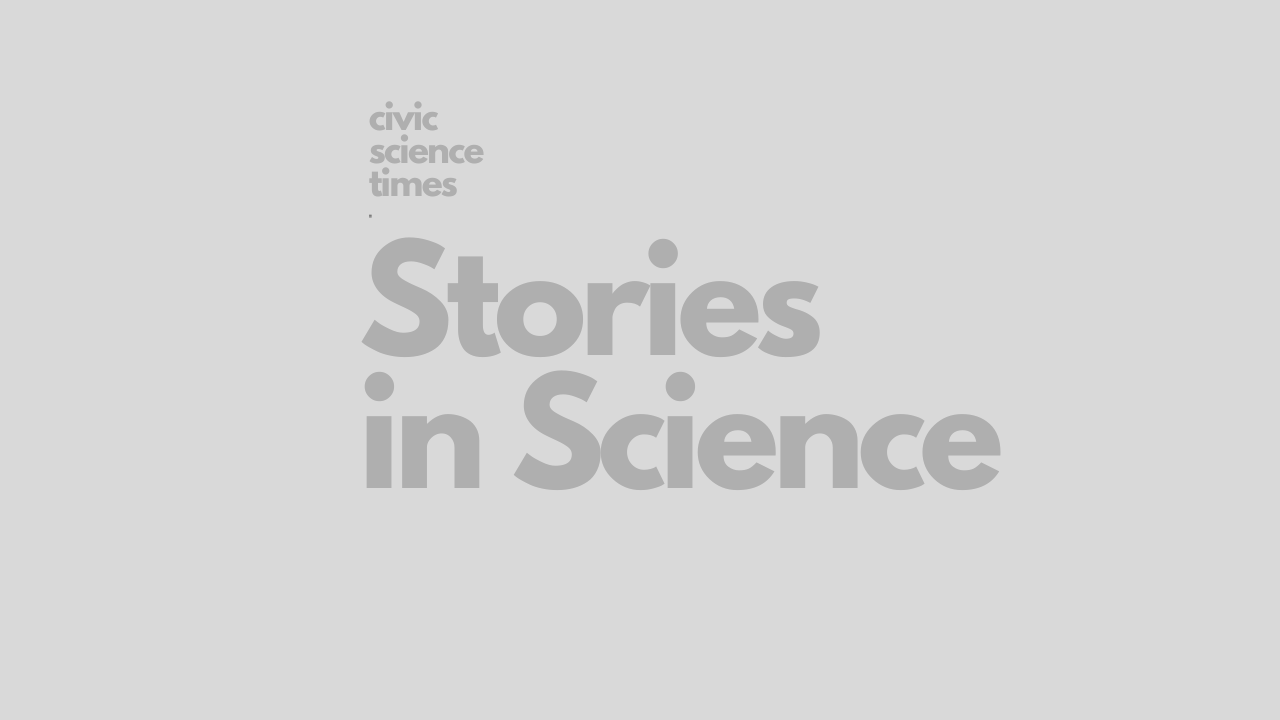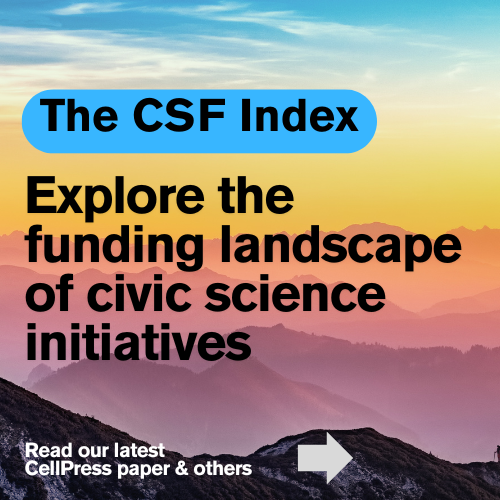CSO - Stories in Science
Taking a Multidisciplinary Approach to Learning
Johnathan Yeo: I was amazed at the depths that biology could go. There was so much more to learn, discover and connect. Again, I learned by forming links between areas such biology and chemistry.

Johnathan Yeo
[su_boxbox title=”About” box_color=”#262733″]Johnathan is currently a Data Entry Clerk in the Republic of Singapore Air Force. He is a graduate of Nanyang Junior College. He has an intense passion and aptitude in both Mathematics and the Life Sciences. He patiently waits for his chance to pursue his undergraduate studies and ultimately a career in research in the long run. He continues to search for a specific area to focus on. You can learn more about him on LinkedIn. [/su_boxbox]
[su_boxnote note_color=”#d9d8d6″]Story Key Points
- Keep your mind open to exploring new paths.
- Don’t be easily swayed by what others around you are doing or saying.
- Avoid being a master of one.[/su_boxnote]
[dropcap]W[/dropcap]hat do you want to be when you grow up? I was the kid in class who didn’t have an answer to that classic question that everyone gets when they are young. I simply had too many interests across the many fields of science.
I was first exposed to the life sciences in the fourth grade. At first, it was quite unstimulating and boring. However, it wasn’t long before I started to yearn to discover more about plants and animals as well as the anatomy of our body. I read books on human anatomy far beyond my level. In secondary school (grades 7 to 10), I was exposed to systems and physiological sciences. While others struggled by attempting to memorize information, I learned by association. I enjoyed exploring many topics including the endocrine system, ecology and sexual reproduction. Things just came naturally to me and never seemed foreign even if a substantial amount of time had passed.

Johnathan Yeo
When it came to junior college, the sandbox of exploration grew even larger. The biology I was learning took a deep dive into the basic mechanisms underlying many important processes which was quite revealing. This included the Krebs cycle, cell signalling, and also tumor development. I was amazed at the depths that biology could go. There was so much more to learn, discover and connect. Again, I learned by forming links between areas such biology and chemistry. One example topic that I think demonstrates this well is photosynthesis which traverses both worlds in biology and chemistry. Learning about the oxidation and reduction that takes place at each step of the process allowed me to see the obvious connections across different disciplines.
I just went through the motions of learning math. Even though it was enjoyable, nothing in particular stood out. However, it was only when I was exposed to Further Mathematics that my interest in the field truly reignited.
Another example where learning by association was necessary was in connecting the importance of the three dimensional specificity in structure to the function of proteins and enzymes. A denatured or mutated protein would be one that is ineffective as it would not have the correct shape or orientation to perform its function, as many biological processes rely on specificity, especially in enzyme action and cell signaling. The link to chemistry was evident given the fact that the very chemical properties of the R groups amino acids making up the polypeptide that fold into the protein could cause major changes in the structure due to bonding properties.
My interest in mathematics – which was also present from an early age – expanded to complex numbers and basic differential equations, as well as hypothesis testing. I was overjoyed at the sheer diversity of what I was learning. Even though at times I felt something was missing – this blend of topics seemed to fall short of what I expected would be taught at this level – I pushed through and ended up loving calculus. It was at this juncture that I decided that I loved both mathematics and biology equally. Even though I was already planning to study forensic science, I knew I had to change my decision.
A year after I completed my GCE A levels and was due to enlist in the army, the syllabus changed. Further Mathematics was resurrected after 12 years of discontinuation, and Biology introduced two new topics; infectious diseases and impacts of climate change on plants and animals. I was extremely jealous of the juniors who got to learn all this.
It turned out to actually be a blessing in disguise that these two changes happened when they did. In the army, I had free time to pursue part time studies. I read up on the new topics in biology. I knew that these new topics would be interesting, yet more wide-ranging than that of my old syllabus. Meanwhile, I got to know a few academic juniors who kindly provided me their notes for Further Mathematics. All throughout junior college, I just went through the motions of learning math. Even though it was enjoyable, nothing in particular stood out. However, it was only when I was exposed to Further Mathematics that my interest in the field truly reignited.
The rigour of the subject was definitely higher, as was the diversity. Polar coordinates were introduced, as were second-order differential equations, recurrence relations, as well as linear algebra, an essential topic on which the foundation of most fields in mathematics are built on. Numerical methods also provided an introduction to algorithms and computation. The depth and breadth of the topics ignited my passion again as I realized mathematics was more interlinked, yet very broad and applicable more than I had ever experienced before.
I truly wanted to learn more in this field, not just for the sake of finding a way to apply it in real life, but rather for appreciating its beauty. Whereas it is not as widely applicable as the traditional sciences, the beauty – as well as the potential that the purer spheres of mathematics carry – perfectly complements its applied areas. Whereas statistics and applied calculus are more widely applicable in the real world, formulating and proving of theories in purer fields of mathematics still remains intriguing and enjoyable for me. Though the general consensus is that mathematics can get very boring and mechanical in its processes, I believe that it is still capable of being more of an art, and there is always more to discover.
Another reason why mathematics motivated me was the general sentiment of my peers toward this unique subject. Some felt that it was worthless in real life, while others were just not skilled enough to carry on with it or understand why I wanted to continue pursuing it. I on the other hand, strived to prove them wrong. Not just because I loved mathematics but also because I just know that it will also be beneficial to me in the future. Having skills in this area in a world of applied sciences might be looked down upon by some. But in the future, as the data intense world continues to expand, it would be mathematics that matters even more than it does today.
I did not mind furthering my studies in both biology and mathematics. Whereas my peers may speak of pragmatism as they oppose the notion of studying two disciplines that seem disparate, I do so because I want to take a multidisciplinary approach to my education. Others may think I am being idealistic. But as one that truly appreciates these two fields, I am ready to broaden my horizons in both however challenging it may be.
Cover Image by Stefan Keller from Pixabay | CC0 Creative Commons
Metrics
Sessions
Total number of Sessions. A session is the period time a user is actively engaged with the page.
Visitors
Users that have had at least one session within the selected date range. Includes both new and returning users.
Page views
Pageviews is the total number of time the article was viewed. Repeated views are counted.
The CS Media Lab is a Boston-anchored civic science news collective with local, national and global coverage on TV, digital print, and radio through CivicSciTV, CivicSciTimes, and CivicSciRadio. Programs include Questions of the Day, Changemakers, QuickTake, Consider This Next, Stories in Science, Sai Resident Collective and more.

-
Civic Science Observer1 month ago
What are the objectives of the Neurotech Justice Accelerator at Mass General Brigham?
-
Civic Science Observer3 weeks ago
Meet the New Hampshire organization changing the way we see insects
-
Civic Science Observer3 weeks ago
Dear Colleagues: Help us understand the national impacts of federal science funding cuts on early career researchers in academic laboratories
-
Civic Science Observer2 months ago
Some of the key takeaways from the 2024 Communicating Discovery Science Symposium in South Africa






















